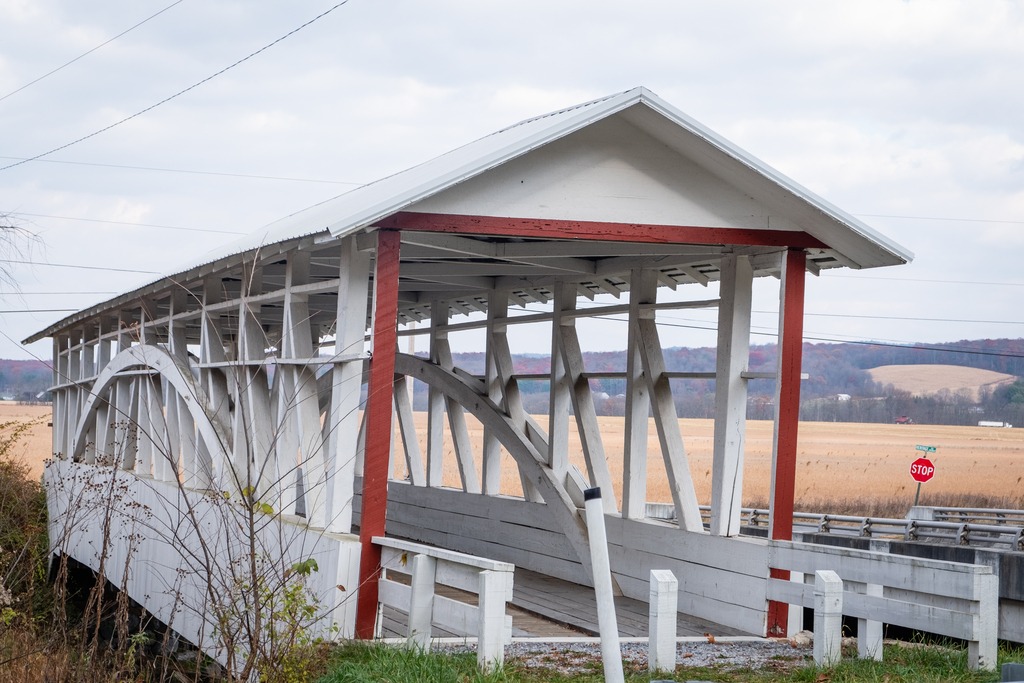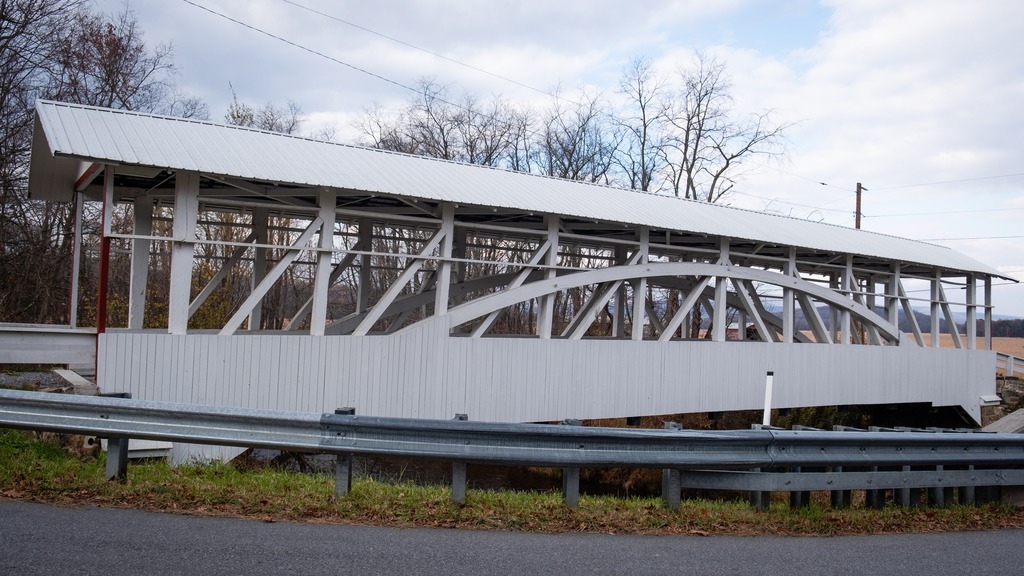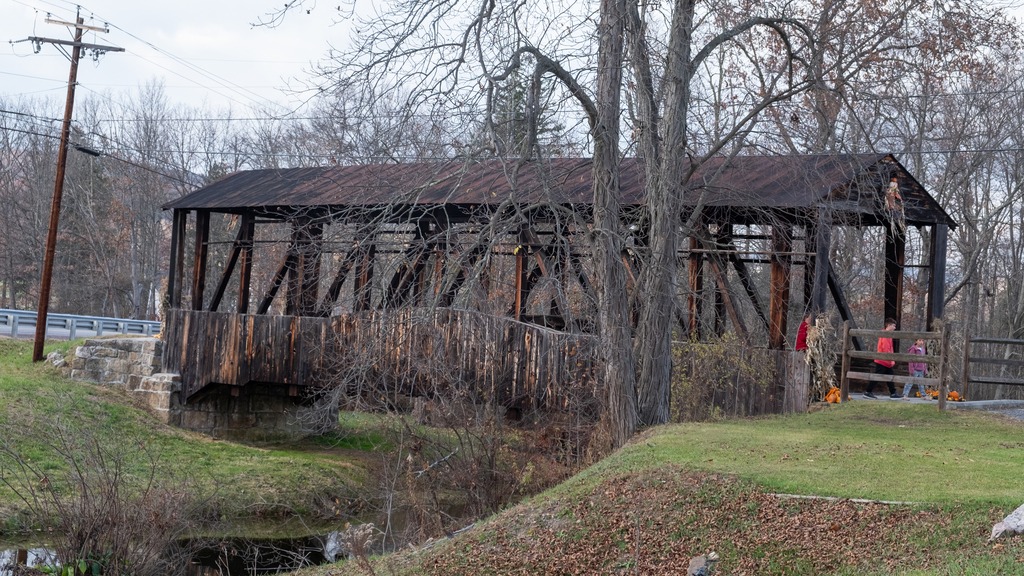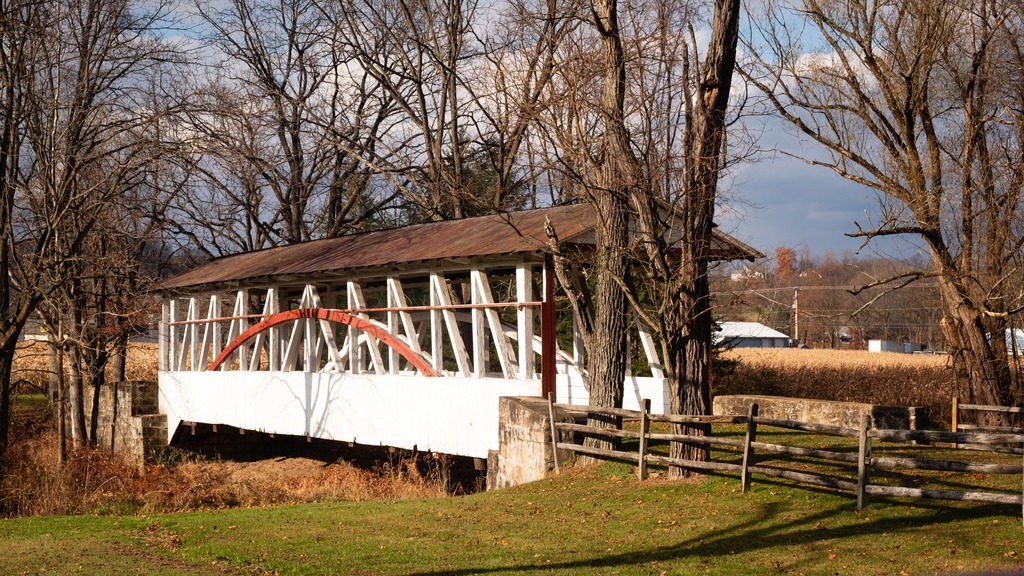Homes and business in Bellefonte, Howard, Milesburg, and Boalsburg are decked out for the holidays.











My cousin decided to celebrate a milestone birthday in the town of Havre de Grace, at the mouth of the Susquehanna on the Chesapeake Bay. In late November, I traveled to the town and stayed at the Vandiver Inn, which was decorated for Christmas on the post-Thanksgiving weekend.






Here are some looks at the outside of the Inn, which consists of the main mansion and several surrounding houses which have been converted to guest rooms and event space.




My cousin has quite a good eye for photography. Here are some of her shots.



A recent autumn drive towards Berks County led me into Birdsboro Preserve, a beautiful area just south of the town of the same name. It turned out to be a nice spot for fall color. The Birdsboro Preserve and Birdsboro Waters offer miles of hiking and biking trails and connect to the Schuylkill River Trail system.





I decided to swing through French Creek State Park on my way home.






Here is a look around the property of the Daniel Boone Homestead. I visited this property as a child, and it has changed a lot. I will be back in warmer weather for another view of the main buildings. In the meantime, autumn was on full display when I visited the extensive grounds.
In 1730, Squire Boone, Daniel Boone’s father, built a log cabin in the Oley Valley in what is now Berks County. Daniel Boone was born in the one and a half story log house. One wall was built of native stone. The basement of the house served as a spring house.
Squire Boone expanded his property in 1741 when he purchased 25 acres (100,000 m2) of land for use as a pasture for his dairy cattle. Squire Boone was a blacksmith and weaver. The responsibility for tending the cattle was given to Daniel. During the summer months he stayed in a rustic cabin at the edge of the pasture. From there he was able to protect the cattle from predators such as the black bear, bobcat, and mountain lions.








The Wayside Lodge is also part of this property.


Morlatton Village, in Berks County, is an early Swedish settlement begun in the early 1700’s. Structures constructed slightly later in the 1760s are also part of the village. During colonial times, the area became a center of commerce for the region as a routing center for refined iron from Pennsylvania’s earliest furnaces and for grains from the Oley Valley heading downriver to Philadelphia. Morlatton’s importance grew as roads leading to Tulpehocken, Oley, Reading, and Philadelphia all intersected in this area.
Mouns Jones House (1716)
Built by early Swedish settler Mouns Jones and his family, the house is the oldest documented dwelling in Berks County and considered to be the oldest extant structure ever built in the county. It is a two-and-a-half story sandstone structure containing two chimneys. The corner chimney is derived from Swedish architectural traditions.


Bridge Keepers House (1730 or 1830)
The Bridge Keepers house is a one-and-a-half story sandstone structure with a single interior chimney. It is a one room building with a relatively large, open attic space. The Bridge Keepers House is adjacent to the Mouns Jones House on the banks of the Schuylkill River.


George Douglass Mansion (1763)
The George Douglass Mansion is two-and-a-half story mansion that was one of the first full-blown Georgian structures in the region. The building is a central passage, double pile, Georgian-type structure with five bays. The exterior consists of fine cut sand-stone, a plaster cove cornice, and evidence of a pent roof. The interior of the building is currently under restoration.



White Horse Inn (circa 1762)
The White Horse Inn is of Georgian Style, and its principle façade is constructed of dressed sandstone. Built around 1727 by Marcus Huling and later enlarged by George Douglass, the building served as a tavern during colonial times. The White Horse has undergone significant restoration since. Today, the building is fully restored, including the addition of an adjoining kitchen.


Here is a look at the Rex Covered Bridge, a historic wooden covered bridge located in North Whitehall Township in Lehigh County. It is a 150-foot-long (46 m), Burr Truss bridge, constructed in 1858. It has narrow horizontal siding and a gable roof. It crosses Jordan Creek. It was listed on the National Register of Historic Places in 1980.


Tuscarora State Park sits in a valley north of Blue Mountain near coal mining regions of Pennsylvania. It is a lovely park, but one which has serious problems in terms of ADA access, especially to the lake and beach.









It was then on to Beltzville State Park to view a covered bridge I only recently realized was there.









Here are my photos from this year’s Roaring Creek Drive Through in Weiser State Forest in Columbia County in October. It was a good day for Autumn color.








While in the area, I also stopped to finally photograph the covered bridge at Knoebels Grove and the Parr’s Mill Covered Bridge, which was being renovated the last time I stopped by.


Heading south from Blue Knob, I visited several covered bridges in Bedford County. First up is the Osterburg Bowser Covered Bridge, a wooden covered bridge at East St. Clair Township. It is a 90-foot-long (27 m), Burr Truss bridge with a shallow gable roof. It crosses Bobs Creek, and it is one of 15 historic covered bridges in Bedford County. The bridge was listed on the National Register of Historic Places in 1980. It is an example of the bridges in this area that do not have complete sides.



I next made my way to Snooks Covered Bridge, a historic wooden covered bridge also located in East St. Clair Township Township. Built in 1883, it is a 75-foot-long (23 m), Burr Truss bridge with a shallow gable roof. It crosses Dunning Creek. It was listed on the National Register of Historic Places in (you guessed) 1980.



The Ryot Covered Bridge is wooden covered bridge that is located in West St. Clair Township. It was listed on the National Register of Historic Places in 1980. This bridge is a low to medium Burr Truss bridge with a shallow gable roof. It was damaged by fire in 2002, and reconstructed. The bridge was listed on the National Register of Historic Places in 1980.
A request to remove the bridge from the National Register was submitted after it was badly damaged by a fire in 2002. The bridge was set on fire by teenage arsonists in 2002. Most of the wooden parts of the bridge were badly damaged. The Ryot Bridge was rehabilitated only seven years earlier, so most of the added steel supports remained intact, along with the stone abutments. The bridge was restored by P. Joseph Lehman, Inc., at a total cost of $300,000.



The Cuppett’s Covered Bridge, which was built by Cuppett brothers William & Philip on September 14, 1882, is a historic covered bridge that is located in Napier Township. Privately owned by the Cuppett family from the day it was built, the bridge took just five months to build for a total cost of $780. John Wayde did the masonry work, and Jeremiah Thompson completed the carpentry. Crossing Dunnings Creek, the 70-foot-long (21 m) bridge is a unique design with unusually low arches and low side walls which highlight the patented Burr Arch Truss system. The Cuppett’s Covered Bridge was listed on the U.S. National Register of Historic Places in 1980 by the United States Department of the Interior. The bridge was quite a popular spot for family photos when I was there.


The Knisley Covered Bridge is a historic wooden covered bridge located at West St. Clair Township. It is an 80-foot-long (24 m), medium Burr Truss bridge with a shallow gable roof. It crosses Dunning Creek. The bridge was listed on the National Register of Historic Places in 1980.

